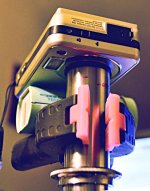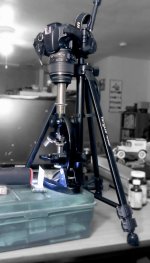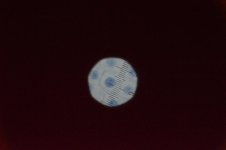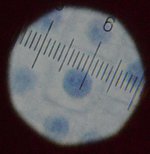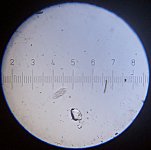Bob Blaylock
Senior Member
Some years ago, when my father passed away, I inherited, among other things, his microscope.
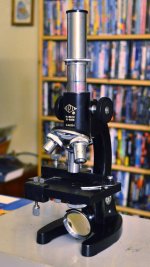
I soon discovered that by pointing a cheap digital camera into the eyepiece, I could take much, much, much better pictures than I previously imagined would be possible by such a crude method.
But now, I have my very first non-cheap digital camera, a Nikon D3200, I'm wondering what it would take—if it's possible at all—to use it to take pictures through this microscope.
Optically, I doubt I'd just be able to point it into the eyepiece. Every lens I have to fit the D3200 has a front element bigger than the diameter of the eyepiece. It'd be looking around the microscope as much as through it. Also, the weight of the DSLR, I think, might be enough to push the microscope out of focus.
It'd be great if I could make this work, but I'm dubious.
Anyone have any advice? What I want to do, is it feasible; and if so, how?
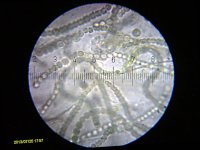
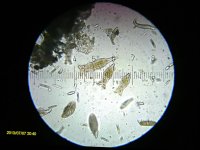
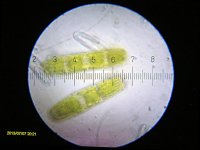
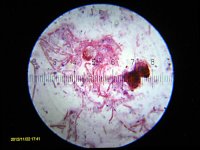
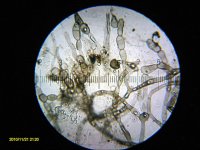
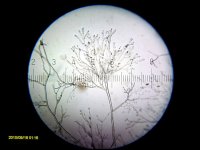
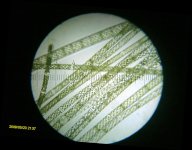
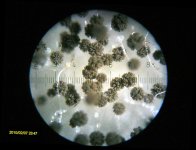

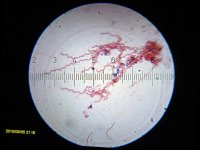
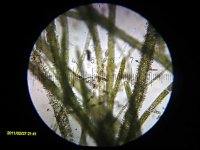
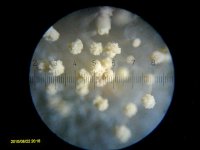

I soon discovered that by pointing a cheap digital camera into the eyepiece, I could take much, much, much better pictures than I previously imagined would be possible by such a crude method.
But now, I have my very first non-cheap digital camera, a Nikon D3200, I'm wondering what it would take—if it's possible at all—to use it to take pictures through this microscope.
Optically, I doubt I'd just be able to point it into the eyepiece. Every lens I have to fit the D3200 has a front element bigger than the diameter of the eyepiece. It'd be looking around the microscope as much as through it. Also, the weight of the DSLR, I think, might be enough to push the microscope out of focus.
It'd be great if I could make this work, but I'm dubious.
Anyone have any advice? What I want to do, is it feasible; and if so, how?













